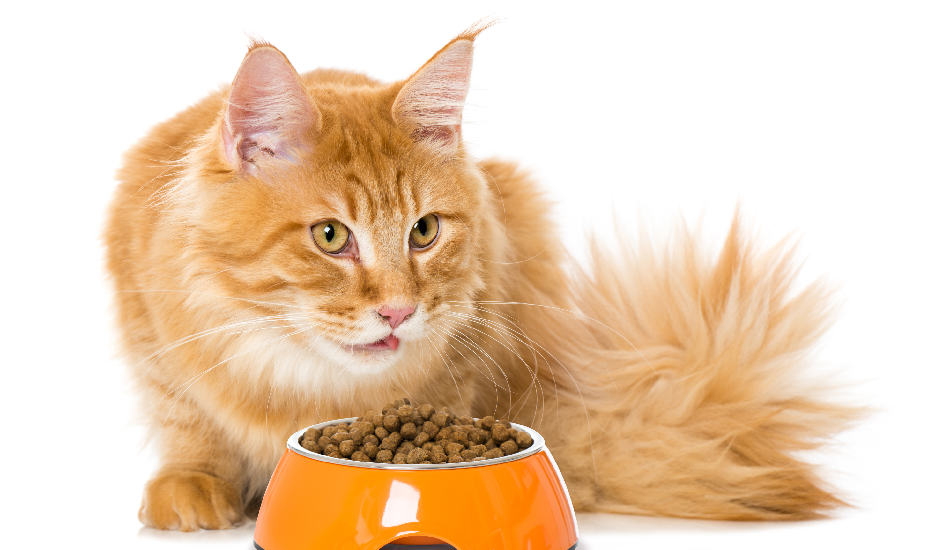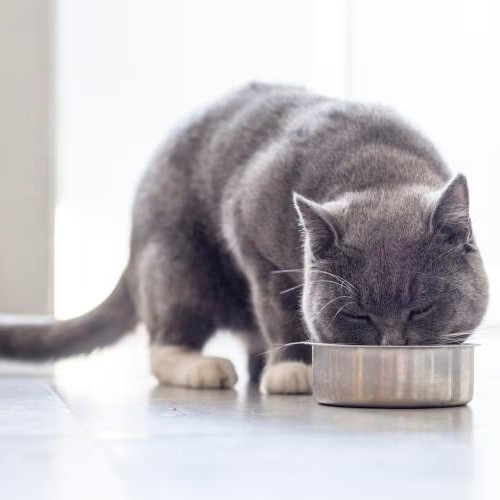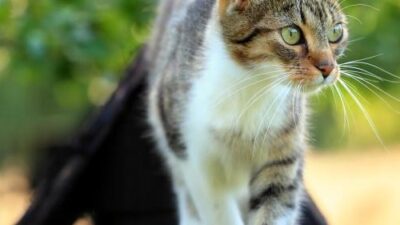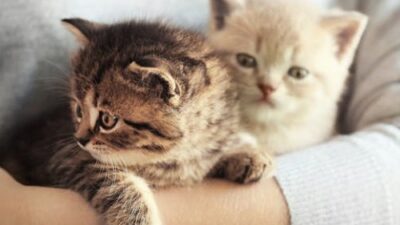Discover expert tips on cat food selection and nutrition to keep your feline healthy and happy in 2025.
Introduction
Choosing the right food for your cat is one of the most important decisions you can make to ensure their long-term health and happiness. With so many options on the market, from dry kibble to wet canned meals and raw diets, it can be overwhelming to know what the best cat food truly is. Whether you’re a new cat parent or looking to improve your feline’s diet, understanding your cat’s unique dietary needs will help you make informed choices.
This guide will walk you through the essentials of cat food selection, offer practical cat nutrition tips, and highlight what to look for when choosing cat food that supports a healthy cat diet. We’ll also address common questions about feline nutrition and the latest trends in 2025 to keep your cat thriving.
For more detailed guidelines on feline nutrition, the American Veterinary Medical Association offers comprehensive resources on feeding cats appropriately.
(Link: https://www.avma.org/resources-tools/pet-owners/petcare/cat-nutrition)

Cat dietary needs are unique, requiring high-quality protein, essential amino acids like taurine, and balanced vitamins and minerals to support their health. Providing the right nutrients helps maintain their energy, immune system, and overall wellbeing.
A cat food guide helps you choose the best nutrition for your feline friend by explaining essential ingredients, portion sizes, and types of diets—wet, dry, or raw—tailored to your cat’s age, health, and lifestyle.
Balanced cat meals provide all the essential nutrients—proteins, fats, vitamins, and minerals—needed to keep your cat healthy and active. Ensuring meals are well-rounded supports their overall wellbeing and longevity.
Understanding Your Cat’s Dietary Needs
Cats are obligate carnivores, which means their diet must be rich in animal proteins and certain nutrients that only come from meat. Unlike dogs, cats require specific amino acids like taurine, arachidonic acid, and vitamin A from animal sources to maintain their health.
Key Nutritional Requirements:
- Protein: Cats need high-quality animal proteins for muscle maintenance and overall vitality.
- Fat: Essential fatty acids support skin, coat, and energy.
- Vitamins & Minerals: Vital for immune function, bone health, and metabolism.
- Water: Hydration is crucial, especially if feeding dry food.
Understanding these basics will help you evaluate if a cat food is appropriate for your pet.
Types of Cat Food: Pros and Cons
1. Dry Cat Food (Kibble)
- Pros: Convenient, affordable, helps with dental health.
- Cons: Lower moisture content can contribute to dehydration if water intake is insufficient.
2. Wet Cat Food (Canned)
- Pros: High moisture content, palatable, good for cats with urinary tract issues.
- Cons: Generally more expensive, shorter shelf life once opened.
3. Raw or Homemade Diets
- Pros: Mimics natural feline diet, often fresh and less processed.
- Cons: Requires careful preparation to avoid nutrient imbalances or contamination.
How to Read Cat Food Labels Like a Pro
Choosing the right cat food means reading labels carefully:
- Look for named meat sources (e.g., chicken, salmon) as the first ingredient.
- Avoid vague terms like “meat by-product” or “animal digest.”
- Check for adequate protein percentages (usually 30-40% for adult cats).
- Ensure the food meets AAFCO (Association of American Feed Control Officials) standards.
- Avoid artificial colors, fillers like corn and wheat, and excessive preservatives.
Cat Food Selection Based on Life Stage and Health
Cats’ dietary needs change over time:
Kitten Food
- Richer in protein and calories for growth.
- Contains DHA for brain development.
Adult Cat Food
- Balanced nutrients to maintain weight and muscle mass.
- Controlled fat and calorie content.
Senior Cat Food
- Lower calories, joint-support nutrients, and easier digestibility.
Special Diets
- Prescription diets for kidney disease, diabetes, allergies, or obesity.

Top Cat Nutrition Tips for a Healthy Cat Diet
- Consistency is key: Avoid frequent changes in diet that can upset your cat’s stomach.
- Incorporate wet food to boost hydration.
- Avoid toxic foods: Never feed cats onions, garlic, chocolate, grapes, or alcohol.
- Feed portion control to prevent obesity.
- Regular vet check-ups to adjust diet as needed.
Real-World Example: Success Story
Meet Lucy, a 5-year-old indoor cat who was struggling with weight gain and urinary tract infections. After consulting her vet, Lucy’s owner switched to a high-protein, grain-free wet food and incorporated fresh water fountains to encourage hydration. Within months, Lucy lost excess weight, and her urinary health improved dramatically — a testament to the power of choosing the best cat food for specific health needs.
What’s New in Cat Food for 2025?
The pet food industry is evolving, with trends including:
- Sustainable and ethical sourcing of ingredients.
- Functional foods enriched with probiotics and antioxidants.
- Personalized cat diets based on genetics or lifestyle.
- Grain-free and limited ingredient formulas growing in popularity.
These innovations help cat parents provide even better nutrition aligned with their pets’ health.

FAQ Section (for Rich Snippets)
1. What is the best cat food for overall health?
The best cat food is one that balances high-quality animal protein, essential fats, and vitamins with no harmful fillers. Brands meeting AAFCO standards and tailored to your cat’s age and health are ideal.
2. How do I transition my cat to a new food?
Gradually mix increasing amounts of new food with the old over 7-10 days to prevent digestive upset.
3. Can cats eat dry food only?
Yes, but they must drink plenty of water. Wet food helps improve hydration.
4. What ingredients should I avoid in cat food?
Avoid artificial colors, by-products, fillers like corn, wheat, soy, and unnecessary preservatives.
5. How often should I feed my cat?
Most adult cats thrive on two meals per day. Kittens may require more frequent feeding.
Conclusion
Choosing the right food for your cat’s health is essential for their happiness and longevity. By understanding your cat’s dietary needs, carefully selecting ingredients, and staying informed about new trends, you can provide balanced nutrition tailored to their lifestyle. Start making smarter cat food choices today to see your feline friend flourish!
Feel free to share your own cat food experiences or questions below — your insights help our community thrive!



